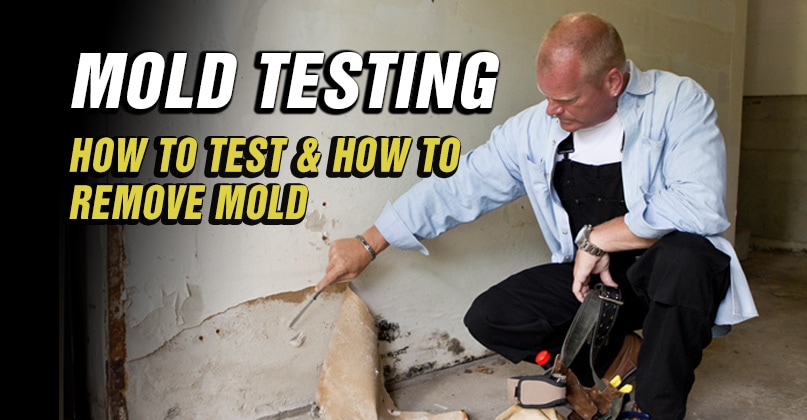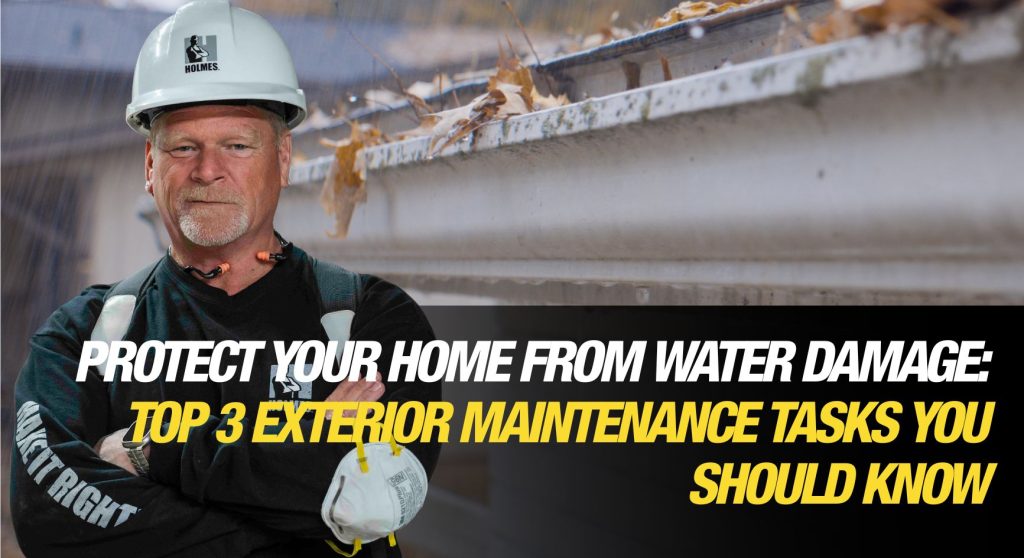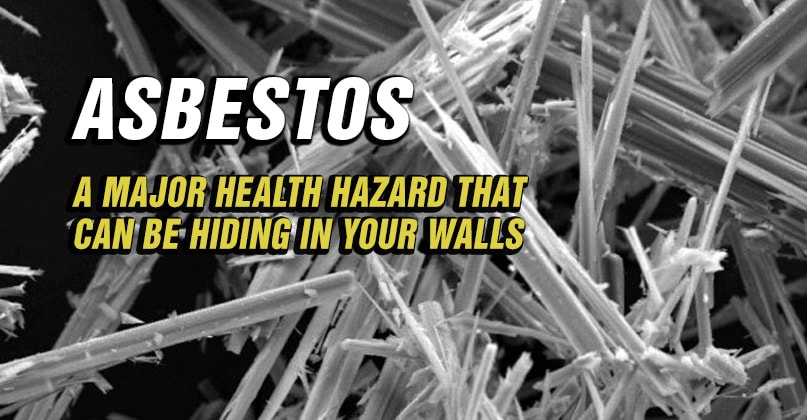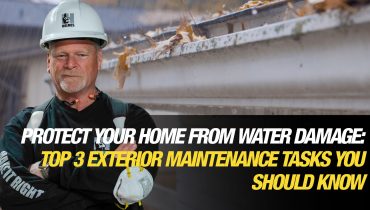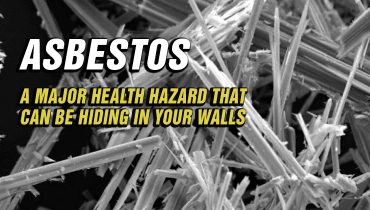When it comes to homes, water is enemy number one, and these 3 exterior home maintenance tasks will help prevent water damage. Water damage is one of the most costly...
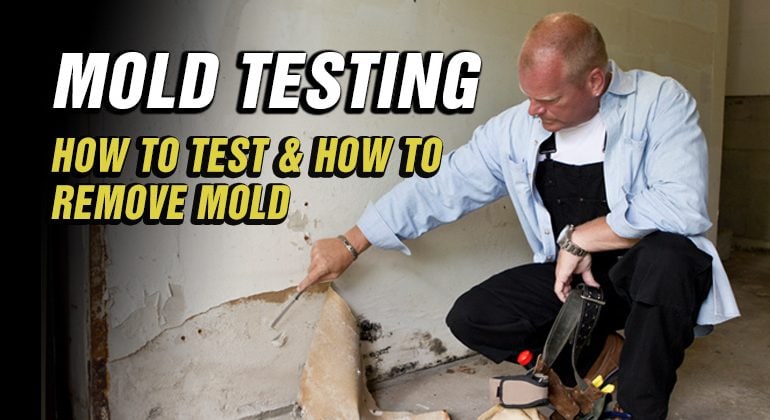
Testing For Mold
By Mike Holmes
Mike’s Advice / Home Safety & Maintenance
Friday, June 15th, 2018 @ 1:03pm
Every house has some degree of mold and bacteria, no matter how clean it looks. What’s important is to keep the number of mold spores in your home low and prevent these germs from thriving in order to protect your health. How do you know if your house has mold? I am going to break it down for you.
Mold overgrowth – especially when reproductive spores are inhaled—triggers respiratory ailments such as hay fever, nasal allergies and asthma, as well as rashes and eczema when it touches the skin. And if ingested, significant concentrations of toxic bacteria can cause abdominal cramping, diarrhea and fever. This is just one of the reasons I always talk about indoor air quality.
Here’s something to think about. In an airtight home, you must make sure you are properly ventilating and exchanging the air. If the air isn’t properly exchanged through good ventilation you can have poor indoor air quality and moisture problems, since most of the moisture in your home comes from the people living in it. And moisture leads to mold.
Do You Have Mold?
Some symptoms you might experience if you have mold in your home are:
- Hay fever
- Nasal allergies
- Asthma
- Rashes
- Eczema
- Abdominal cramping
- Diarrhea
- Fever
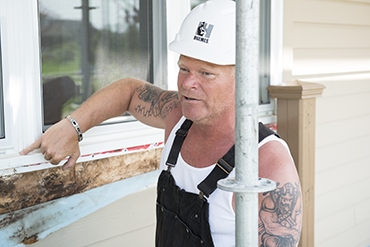
How Do You Test For Mold?
How do you know if your home has too much moisture? Here are some signs:
- The indoor environment might seem damp or musty.
- There can be signs of moisture on walls, on the ceiling, in corners and around windows,
- Your windows might have some condensation build-up.
Homeowners can also use a moisture meter or hygrometer, which is a digital device that measures air’s water-vapor content. A home’s relative humidity should be within the 30 to 50 percent relative humidity (RH) range. But if you want to know if your home has a mold issue for sure, it’s best is to hire a pro to look for potential moisture issues around your home and possibly test the air.
Some home inspectors offer Indoor Air Quality (IAQ) assessments. During these inspections, a home inspector will go through the entire home and identify potential indoor air quality risks, including moisture issues that can lead to mold. They can also take indoor air samples, which are sent to a certified lab for analysis. They can even give you a mold spore count and send you a report with results.
Looking to book an indoor air quality test? Book A Mike Holmes inspection.
What Does Mold Need To Grow?
Mold needs moisture and food to grow. Unfortunately, many homes provide the perfect environments for these bacteria to thrive.
Mold feeds off of many building materials found in homes, such as paper, wood and carpeting. Walls are made of wood studs and drywall – both of which will grow mold. Because these materials are so prevalent in homes it is difficult to eliminate them entirely. Instead homeowners must control moisture levels to prevent mold growth.
Walls are a common area for mold to thrive, especially in damp environments such as basements, washrooms and laundry rooms.
How Do You Remove Mold?
Getting rid of mold-producing germs and bacteria is impossible – they’re everywhere. Your best defense against mold is to prevent these spores and bacteria from growing in your home.
Ventilation In Kitchen And Bathrooms
Remove excess moisture and humidity from your home through proper ventilation, especially in traditionally damp areas, such as the basement, bathrooms, laundry room and kitchen. You can also prevent moisture from entering your home through weaknesses in the building envelope, such as flashing, caulking, rotted framing around windows, cracks in the foundation or a roof leak.
Home ventilation is very important in all homes, but especially in newer construction. Newer homes are built to have good insulation and tight air seals that prevent air movement. Effective ventilation ensures that you have good indoor air quality. A lot of people simply don’t leave their fans on for long enough. They should be left on for 20 or 30 minutes after the source of the pollution has been eliminated. Better yet, get one on a timer so you don’t have to remember.
Make Your Bathroom Watertight
A good bathroom renovation is about what’s underneath the surface and behind the walls. When you are doing a bathroom reno, spend your money wisely. You have to understand every bathroom is a “wet zone” or a “wet room”. Everything we do as part of a bathroom renovation should ultimately be about keeping the water from damaging our homes.
When water gets into places where it does not belong, like under the finished floor behind the tiles, or under the lip of your drop-in sink, you are going to get mold. The best way to have a watertight bathroom is to use a continuous layer of moisture protection. I use Schluter Systems on all my bathroom renovation jobs. To me, it’s the best, most comprehensive system and they are always introducing new accessories to make my job easier. Here is more information about making your bathroom watertight.
Run Your HRV or ERV
If your home has an HRV (Heat Recovery Ventilator) or an ERV (Energy Recovery Ventilator). It should be running constantly to allow this air exchange to occur. If you turn it off, you could start seeing issues with mold and excess moisture.
Get A Dehumidifier
I highly recommend investing in a dehumidifier. They help regulate the moisture content in your home. It will pull that excess moisture out of the air. It works like a vacuum cleaner, sucking in air from your home at one end, removing the excess moisture, and then blowing it back into your home again.
Look for ENERGY STAR® certified models, which consume less energy than conventional dehumidifiers.
House Too Humid? Here is what to do.
Open Your Windows
If you have a window in your bathroom, crack it open a little. Turn the extractor fans on to stop condensation from forming. It will help bring down the moisture levels. Opening a window for 15 minutes, even during the winter, can make a huge difference.
Investigate Plumbing Leaks
Plumbing leaks can trigger mold growth and should be repaired as soon as one is noticed. Here are inside leaks explained.
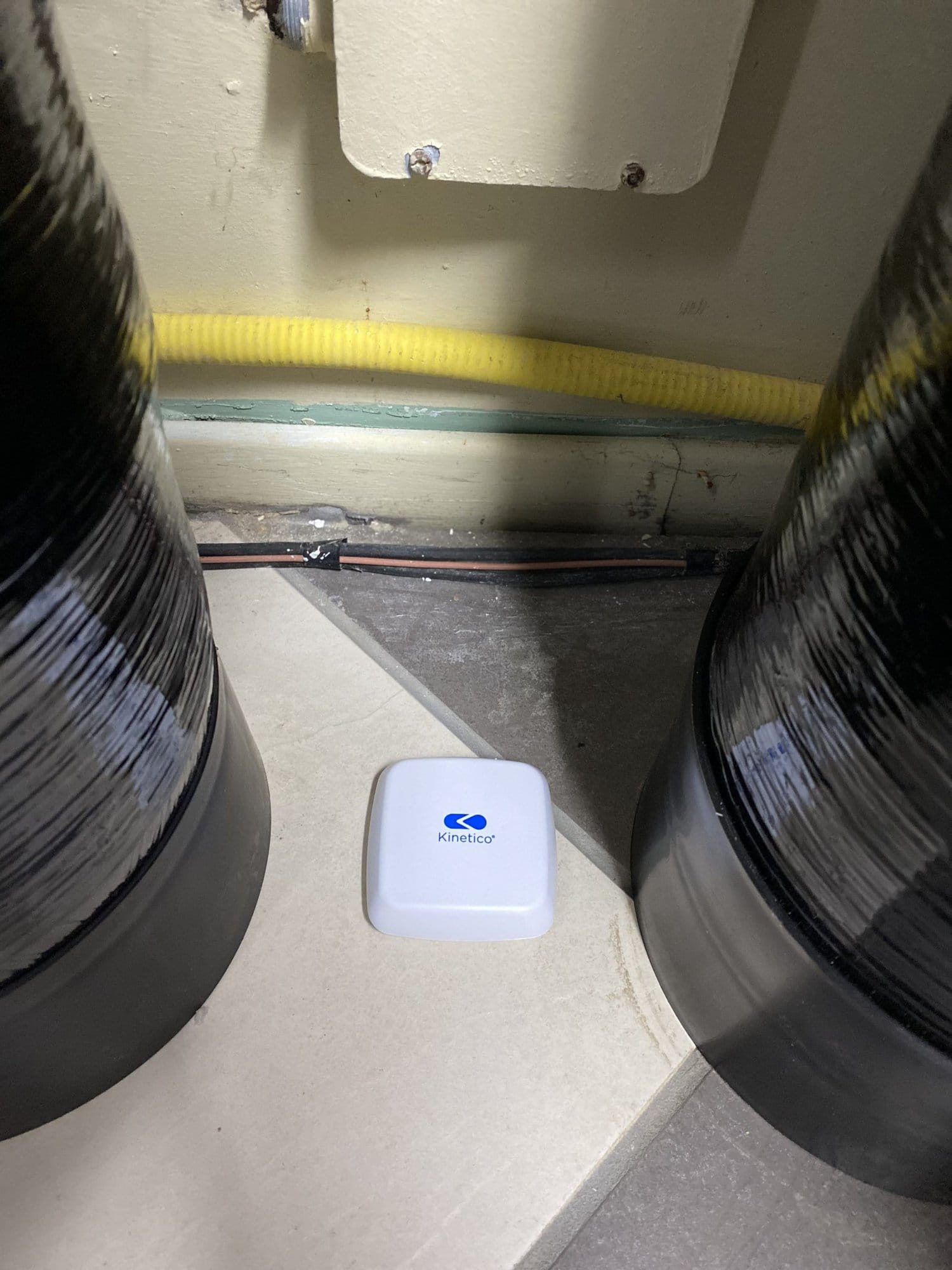
Buying a leak detector is a great idea. A leak sensor is essentially a smart home water sensor. It’s an ever-present watch dog that can instantly inform you when water seeps into places it shouldn’t.
Can I Carry Out a Mold Inspection by Myself?
If you only see a bit of mold but feel sick, you might have a bigger problem than you think. Your best bet is to call a pro and don’t attempt your own clean-up! Mold remediation is a task that is better left in the hands of professionals.
- Attic
- Ceilings, ceiling tiles, as well as in corners
- Drywall
- Wall cavities
- Ductwork
- Around windows & windowsills
- HVAC systems
- Masonry surfaces
- Sump pump & drains
HOW TO PREVENT MOLD GROWTH IN THE BATHROOM?
Invest in a high-quality ventilation fan for every single bathroom in your home. Vents will remove the moisture in your bathroom and send it outside. Another important thing to keep in mind is using the fan properly. I recommend leaving it on for at least 30 mins AFTER your bath or shower. Use your squeegee. Make it a habit to dry up the shower walls or tub with a squeegee.
If you have a leak in your bathroom, investigate and fix it right away. Mold likes moisture!
Many of the building materials used in your home’s construction can act as food for mold if you’re not addressing moisture issues. Wood, drywall, and carpeting are found all over your home, and they make prime targets for mold growth.
